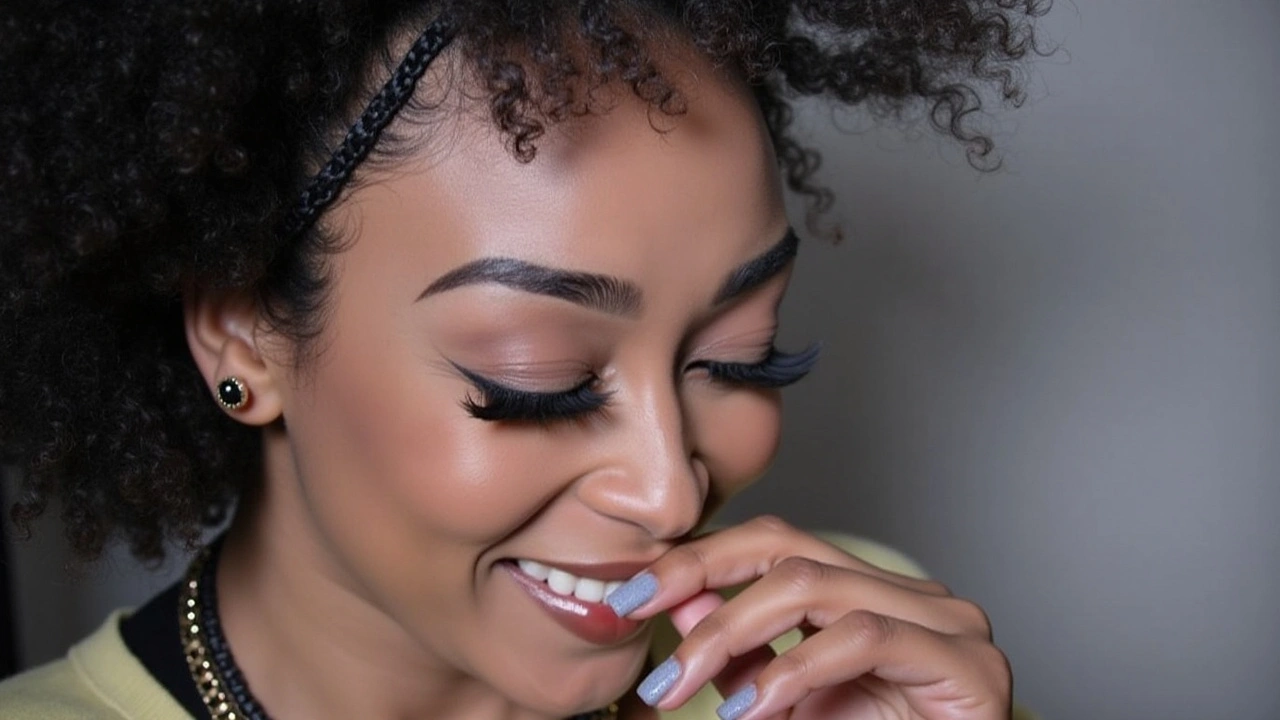Breast augmentation: clear answers to common questions
Thinking about breast augmentation? Good. This short guide gives practical facts to help you decide: what the surgery is, implant types, risks, recovery, costs, and how to pick a qualified surgeon. No fluff—just the things you need to know before booking a consultation.
What is breast augmentation?
Breast augmentation is surgery to increase breast size or change shape. Most people get implants filled with silicone gel or saline. Others choose fat transfer, where the surgeon uses body fat to boost volume. The operation can also correct asymmetry or restore shape after pregnancy or weight loss.
Types of implants and choices
Silicone implants feel more like natural breast tissue and come in different shapes and profiles. Saline implants are filled with sterile salt water and can be adjusted during surgery. You also choose placement: above or below the chest muscle, and incision site: under the breast fold, around the nipple, or under the arm. Each option affects recovery, feel, and possible complications.
Ask to see before-and-after photos of patients with similar body types. Also ask about implant size measured in CCs rather than cup sizes, since cup sizes vary between brands.
How safe is the surgery? Most healthy people have no serious complications, but every operation carries risks: infection, bleeding, implant leakage, capsular contracture (scar tissue tightens), changes in nipple sensation, and rare implant-related illnesses. Regular follow-up is important. If you have other health issues, your surgeon should discuss how these may change risks.
Recovery is usually quick but requires care. Expect soreness and limited arm movement for a week or two. Most people return to light work within a few days and full activity after four to six weeks. Follow wound care and wear recommended support garments. Sleep propped up at first and avoid heavy lifting until cleared.
Costs vary widely by country, clinic, and implants chosen. In some places the price covers surgery, anesthesia, and follow-up; in others you pay separately. Ask for a full breakdown and get a written quote. Also check whether the facility is accredited and whether the surgeon is board-certified in plastic surgery.
Questions to ask your surgeon: Are you board-certified? How many breast augmentations do you perform each year? Can I see patient photos and speak to past patients? What complications happen in your practice and how do you handle them? What are realistic results for my body?
Consider alternatives like fat transfer or non-surgical options if you want subtle change or have concerns about implants. If you are unsure, wait until you feel confident and informed. A good surgeon will listen, explain options clearly, and discuss realistic outcomes and risks.
Want more local resources or clinic listings? Search reviews, check accreditation, and book consultations with two or three surgeons before deciding. Your safety and realistic expectations matter most.
If cost or recovery is a concern, ask about staged procedures, financing options, and details of follow-up care so you understand long-term maintenance and possible future surgeries, too.
Khanyi Mbau, a South African actress, has candidly shared her journey through various cosmetic surgeries, including breast augmentations, liposuction, and multiple rhinoplasties. Mbau's openness aims to normalize and destigmatize cosmetic enhancements.
Recent-posts
Jan, 27 2025






